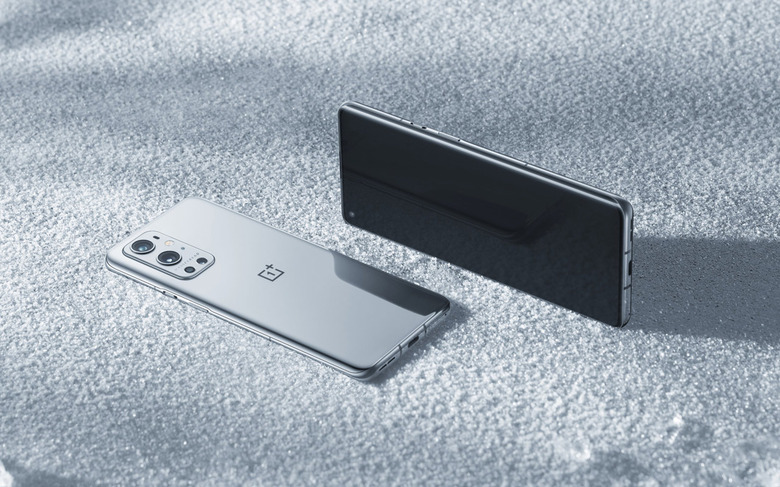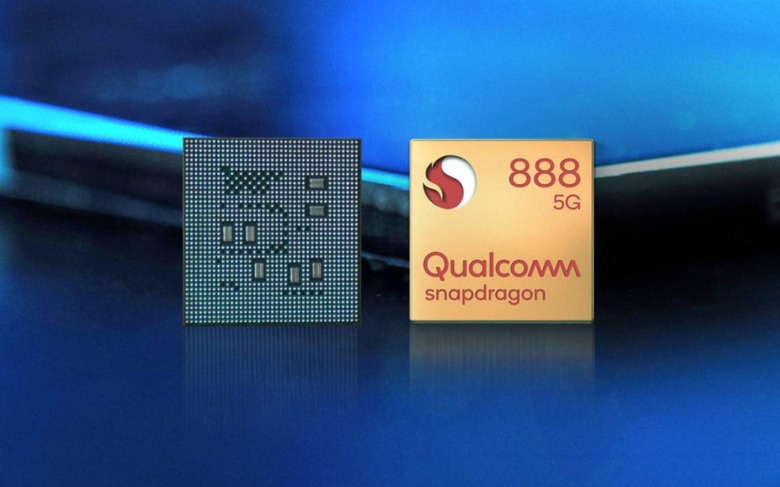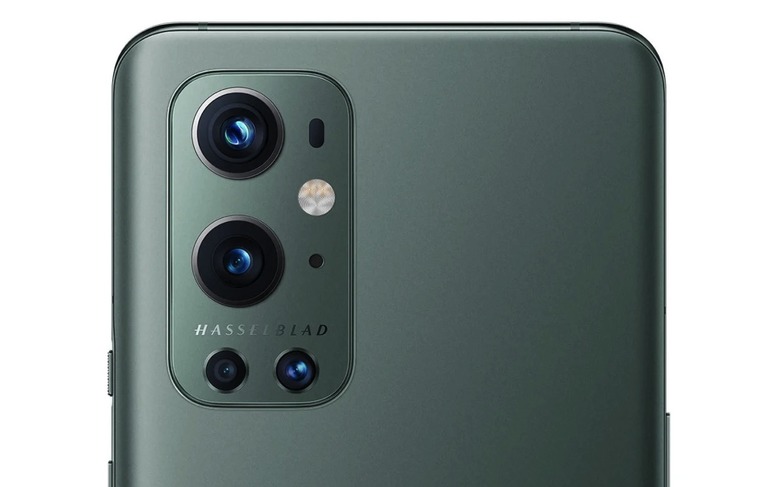OnePlus 9 Pro Vs Galaxy S21 Plus: Expectations And More
One of the well-positioned flagships currently, the Samsung Galaxy S21 Plus, is a perfect middle device in the Galaxy S21 series launched at the beginning of this year. As Samsung fans rejoice with the bigger screen and bloated features of the new handset; the level playing field could soon be crowded with the OnePlus 9 series comprising the higher-end OnePlus 9 Pro, which would present a viable option for Android takers out of the Samsung ecosystem.
OnePlus 9 Pro is slated to launch, alongside OnePlus 9, on March 23. The refreshed model would certainly have the ability to nudge the Samsung device out of contention – this we say considering the rumors that have been flowing in about the handset. Even though the real deal will only be visible when the smartphone is launched this coming Tuesday; we know a great deal about the phone to make some sort of early comparison of how it pits against the Galaxy S21 Plus.
Design
The Galaxy S21 Plus deviates from the company's preferred approach of curved screen. It has a flat display that doesn't bend over the sides, while the body is made of metal and glass on the front and back, in comparison to Galaxy S21 that uses plastic or the Galaxy S21 Ultra that has Gorilla glass layering on the back.
The S21 Plus has an aluminum frame running all around the phone, which extends into the rear camera array on the top left corner of the device – ensuring the frame and camera module are made from a single sheet of aluminum for a premium look and feel.
The OnePlus 9 Pro retains the curved look of its predecessor. While the main body structure of the phone is largely unknown – in spite of very little left to imagine by the overflowing rumors and image leaks by OnePlus top brass itself – we expect it will use glass and metal same as the Samsung device. On the back – in the top left corner – OnePlus 9 Pro has a noticeable camera bump, as readily seen in the leaked images.
Display
Display is an aspect where OnePlus is going to weigh really heavy on almost all the flagships out there. In the initial rounds of testing, the phone has been benchmarked with top-notch brightness and color accuracy, while keeping power consumption in check.
The smartphone is likely to support 6.7-inch QHD display with 120Hz screen refresh rate. The highlight is a LTPO display that toggles between 1Hz and 120Hz depending on the content being displayed to ensure the phone will have optimal battery life. Another new to OnePlus 9 Pro is the 10-bit display that would provide more colors and accuracy to the phone's screen, billed to consume up to 50-percent less power.
The relatively impressive display of the Galaxy S21 Plus on the other hand measures 6.7-inch as well, touting 2400 x 1080 pixel resolution with HDR10+ support. The dynamic AMOLED 120Hz screen of the device offers immaculate response and color. It's fluid for gamers and binge-watchers and is topped by a centrally aligned front camera, in hole-punch, which is expected to appear in the left top corner on OnePlus' flagship.
Processing and power
There is a considerable similarity here between the two flagships from the Korean and Chinese OEMs. Both phones run the same Snapdragon 888 flagship SoC (with exception of Galaxy S21 Plus being powered by Exynos 2100 in select markets). As for memory, the Galaxy smartphone starts at 8GB of LPDDR5 RAM which is paired to either 128 and 256GB of UFS 3.1 storage.
There is no option for expanding memory on the smartphone, a slight downside for users who have to pay that extra bit for a 256GB model when they could maybe go with a 128GB variant otherwise. OnePlus 9 Pro is also expected to roll out with 8GB of RAM, though a 12GB RAM variant is on the cards as well. That said, the phone will however come in 128GB and 256GB of internal storage, which is the same as that on the Samsung device. OnePlus has also not been a big fan of offering memory card slots, so that memory option is going to be a tough pick here too.
Battery and charging
Samsung released the Galaxy S21 Plus with a beefed-up 4,800mAh battery, which combined with the efficient Snapdragon 888 processor and optimized software has fared well for most users. Samsung's choice of dropping the power adaptor from the box – on the lines of Apple – has made it an extra expenditure for users who don't have an old adaptor for some reason. Moreover, the phone battery supports a slightly disappointing 25W fast charging and up to 15W wireless charging.
OnePlus is going to be a clear winner in this department with an expected 4,800mAh battery that supports blistering fast 50W wireless charging capable of juicing up the OnePlus 9 Pro from 1 to 100-percent in as little as 43 minutes. The phone will be charged in under 30 minutes when clipped to a USB-C charger that is likely to support 65W fast charging. Interestingly, there's no rumor to suggest that OnePlus is thinking of trading the power adaptor. So fans can be rest assured in this case.
Cameras
Galaxy S21 Plus is a middle fiddle in the Samsung flagship series, which means it has a decent camera prowess, but nothing as explosive as that on the higher-end Galaxy S21 Ultra. Rolled out with a triple camera module comprising 12MP wide, 64MP telephoto, and 12MP ultra-wide-angle lenses, the Galaxy S21 Plus on the front in the central hole-punch has a 10MP selfie shooter.
Camera on OnePlus 9 Pro should be more remarkable considering the company's partnership with Hasselblad. The quad-camera array on the back of the phone will comprise 48MP Hasselblad branded wide, and 48MP ultra-wide-angle lens. An 8MP telephoto sensor will be the third in the pack, while the fourth lens configuration is unknown still.
Rumors rock back and forth between the possibility of depth or macro lens; fans have been banking on seeing a periscope lens inclusion, which though seems unlikely at this point.
Final Take
Samsung gives the Galaxy S21 Plus an advantage on many fronts, primarily by releasing the revamped device for $999 (base price), a cost much lesser than its S20 series predecessor. Add to that the native functions brought to the fore by the UI 3.1. If OnePlus has to give the Korean giant's flagship definitive competition, the Chinese OEM will have to float the OnePlus 9 Pro for a competitive price tag – around $899 – of course, with the near stock Android feel of the OxygenOS and no compromises with the flagship features.






